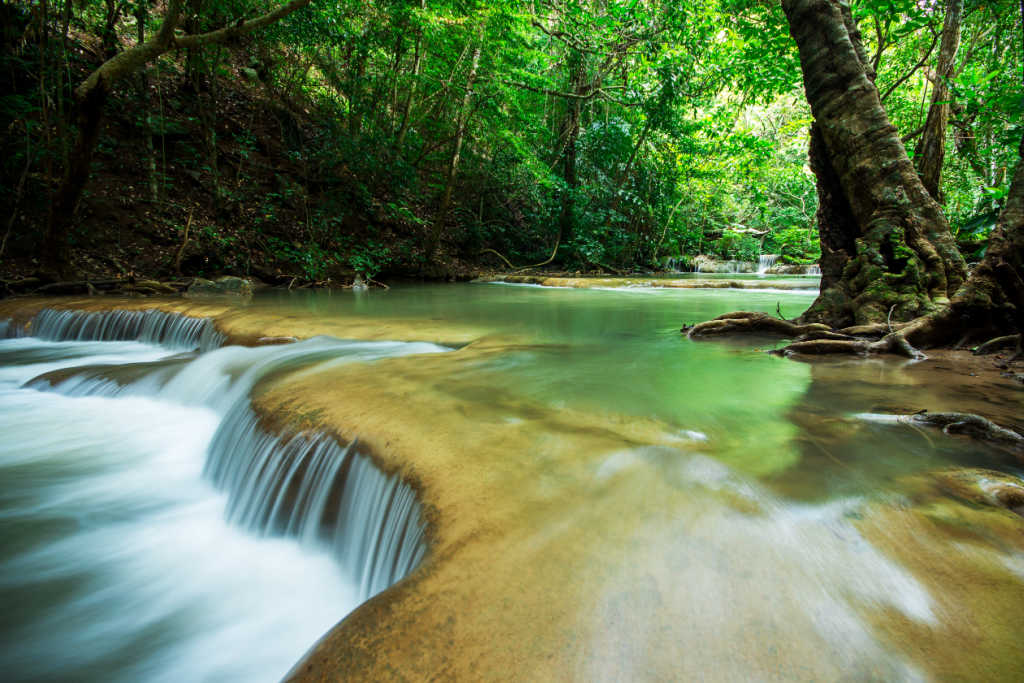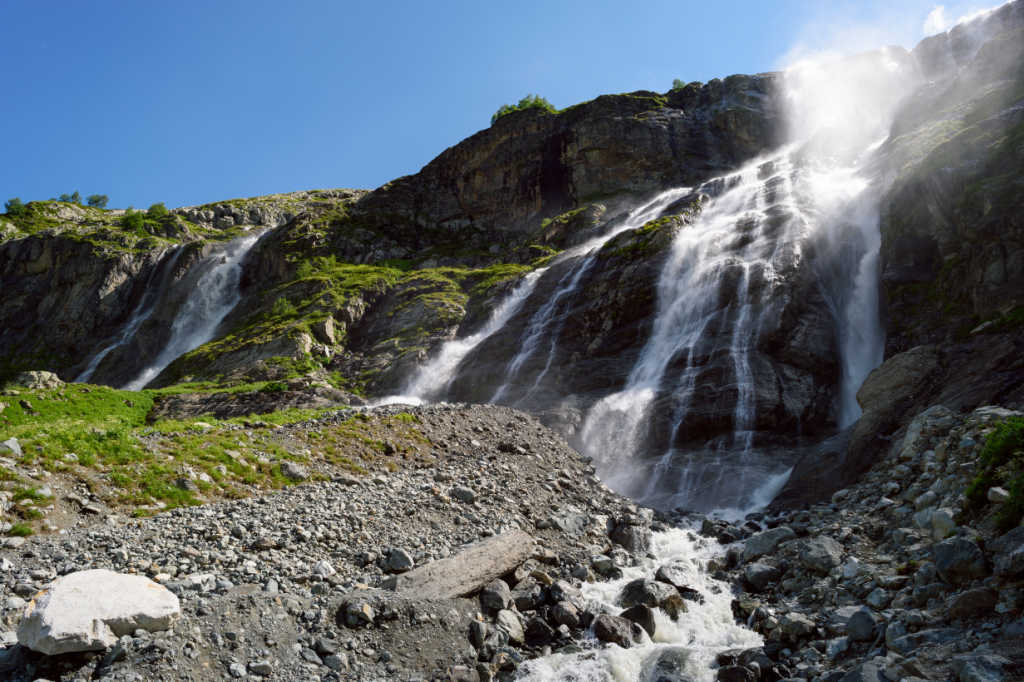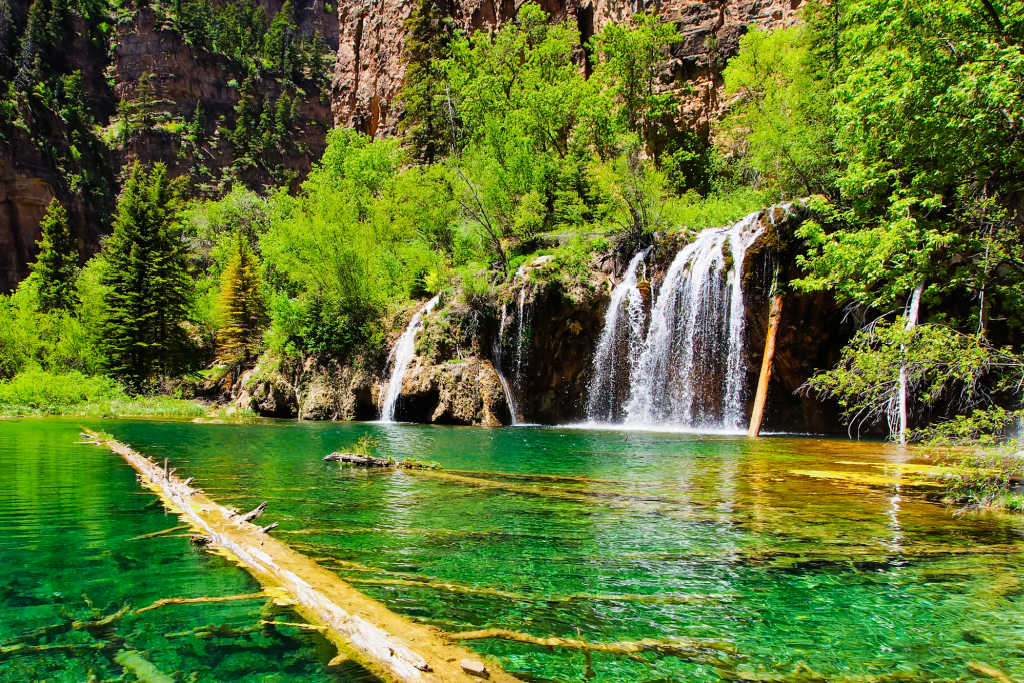Among the many values of waterfalls is the aesthetic appreciation of their beauty and sound. This extrinsic value integrates our moral obligation to protect nature. Later, the aesthetic appreciation of waterfalls is transformed into an anthropocentric instrumental value through the process of ecological engineering. Interestingly, this process has reversed itself in about 100 years. In that time, we have learned the many benefits of waterfalls. Here are some of them.

Non-anthropocentric value
Waterfalls are an important ecological resource. Many stakeholders are concerned about its conservation. Waterfalls have aesthetic, anthropocentric, and ecological values. The aesthetic value, which has evolved from a nineteenth-century study of natural phenomena, is now integrated with the moral responsibility to protect nature. This new value, the non-anthropocentric value of waterfalls, was created through the application of ecological engineering. The process of metamorphosis was reversible in less than a century when human beings realized that their actions affected the environment.
The anthropocentric privilege given to human beings is arbitrary. Waterfalls, for example, are non-human objects with intrinsic value. Many environmental philosophers have also argued for this value and compared it to the liberation movements of women and people of color. However, Singer’s non-anthropocentric value of waterfalls is not universally agreed upon, and there are a few disagreements among the various views.
Ecology
The physical factors that control the biodiversity and community structure of a waterfall are important for the conservation of a variety of organisms, including plants and animals. The physical features of waterfalls are unique in that they flow vertically and without obstruction. Falls generally reach a height of more than a meter. Despite the importance of waterfalls for ecology, they have received little attention in comparison to other types of biotopes. Many waterfalls occur in high elevation environments, with steep stream gradients and discrete waterfalls.

The aesthetic value of waterfalls is an extrinsic value, which has evolved alongside the moral responsibility of humans to conserve nature. Moving water, such as waterfalls, also helps to enrich the oxygen content of the water. This results in improved water quality and the growth of fish populations. The aesthetic value of waterfalls is an essential component of an ecologically conscious approach to the built environment. So why are waterfalls important to ecology?
Conservation
Conservation of waterfalls is an important goal in protecting natural ecosystems. Waterfalls can reveal important information about the health of an ecosystem. The amount of life in a stream or waterfall indicates the level of ecosystem health. The unimpeded nature of the stream or waterfall can allow organisms to evolve over millions of years. Such an ecosystem is conducive to a thriving life. Conservation of waterfalls can benefit the surrounding ecosystems. Listed below are some ways to conserve waterfalls.

The aesthetic value of a waterfall is not solely dependent on its function or size, but also on its condition. For example, when people visit Niagara Falls, they are often captivated by its majestic waterfall. This aesthetic value is an extrinsic value that has an ethical, moral, and physical meaning. As a result, waterfalls gain intrinsic value. However, the aesthetic and instrumental values of waterfalls change as humans alter their surroundings.
Benefits
Waterfalls have many benefits. They improve the quality of water, which helps fish thrive, as well as the soil surrounding them. The waterfalls also improve the ecosystems of the surrounding areas, which benefits local residents. Because the waterfalls are surrounded by lush vegetation, it improves the health of plants and wildlife and helps regulate the levels of stress hormones. Even though these benefits are only tangential, they have real, physical, and mental health benefits.
In addition to providing soothing sights and sounds, waterfalls can reduce blood pressure and improve mental health. In fact, water has long been used as a therapy for the mind, as monks often meditated in natural settings. It also has many physical benefits, such as relieving muscle tension, keeping the skin soft, and promoting healthy cell metabolism. The benefits of water are plentiful, so there is no excuse not to enjoy a waterfall’s relaxing power.
